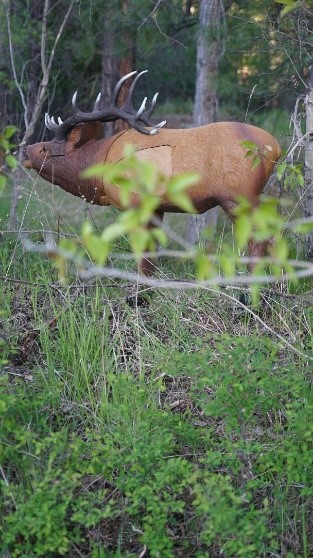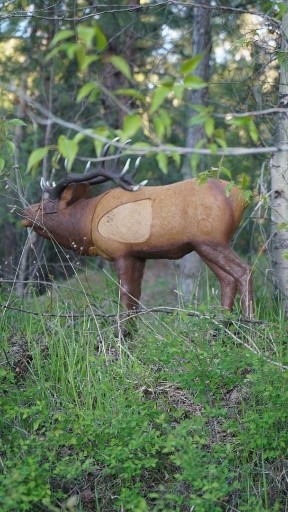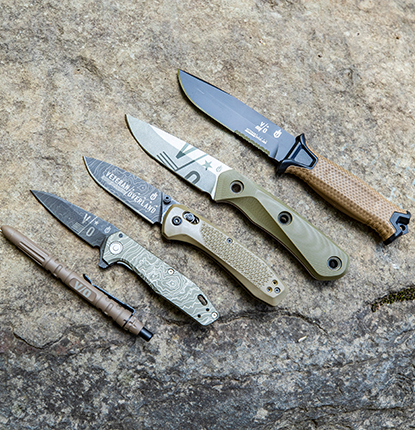Article written by Remi Warren: hunter, writer, educator, and conservationist. For more tips like this, check out his Podcast “Cutting the Distance” and follow him on Instagram.
Staying sharp for the hunting season means practical repetition year-round.
While you may not be able to hit the mountains every day, there are some ways to practice those often-encountered hunting scenarios at the range. So that you can make a perfect shot when the opportunity arises to fill your freezer with some wild meat.
Drill #1: The Long Hold
With hunting scenarios, timing is everything. You have to draw unnoticed but you also have to make a shot at the opportune time. Many real-world scenarios these events do not happen simultaneously. You may need to be at full draw for a while before shooting. As you hold at full draw the tension weakens your muscles causing the untrained to rush the shot, get shaky, or have to let down. The ones that are prepared will capitalize and be successful in these situations.
Luckily this can be practiced wherever you shoot. Shoot a group of four arrows that will be your baseline. Remember the type of group you shot then do three sets of four long hold shots.
- Set a timer for yourself for say 30–45 seconds draw back and hold at full draw, after the buzzer, shoot. See how this group compares to the base line. After enough practice this will start to match your baseline shots.
- For an added challenge see how long you can maintain a full draw and still make an accurate shot. *Remember safety first! Always have the drawn bow pointed in a safe direction and either the safety on your release or finger behind the trigger until you are ready.
Drill #2: Understand Your Arrow Flight
Visually understanding arrow flight is essential. Get a good mental picture of the arch your arrow takes during the flight to the target:
- Start out at say 20 yards shoot at a spot high on the target. Then walk back 2 yards and shoot at the same spot with the same pin. Do this for the next few shots shots stepping back two yards each time (make sure your next pin down is still on the target as to not send one into the dirt).
This will give you a good idea of visually how far your arrow drops at various distances. Over time it helps you build a mental picture of your flight path of the arrow. Allowing you to accurately predict your hold over if an animal moves after you range it.
Drill #3: Shoot in Obstructions
Real life hunting scenarios often have may more adverse factors than backyard practice. A big one is obstruction of trees and brush.
Here is the setup- the elk is at 40 yards away you crept in using the brush between you to move in unnoticed he is only 20 yards past the cover and offers you a broadside shot.
Of the two images below which is the better shot, A or B?
A.

B:

The Answer is image A. while your line of sight is obstructed you have to remember the arch in archery. The obstruction that is halfway between you and the target will likely intersect your arrow mid-flight derailing its course.
Multi-pin sights make it easier to account for obstructions. If any of the pins above the one you are aiming with are lined up with the obstruction at the yardage that pin represents, then you will hit it. A single pin sight this is harder to see so you have to use your best judgement and this is done by understanding your arrow flight. A good option is to adjust your shot with less chance of hitting the obstruction or where you know your arrow path clears whatever is in the way.
Drill #4: The Long Bomb
If you have the room to step it back, it is always fun to practice at distances farther than shots you would take out hunting. They make the closer shots seem way easier and allow you to focus in on your form, but when it comes to hunting getting close is the name of the game. But those long bombs keep you sharp.







Remi has been hunting his entire life and is passionate about sharing his knowledge and adventures with others. Remi is a hunting guide, host of Apex Predator, co-host of Solo Hunters, and field editor for Western Hunter Magazine and Elk Hunter Magazine.